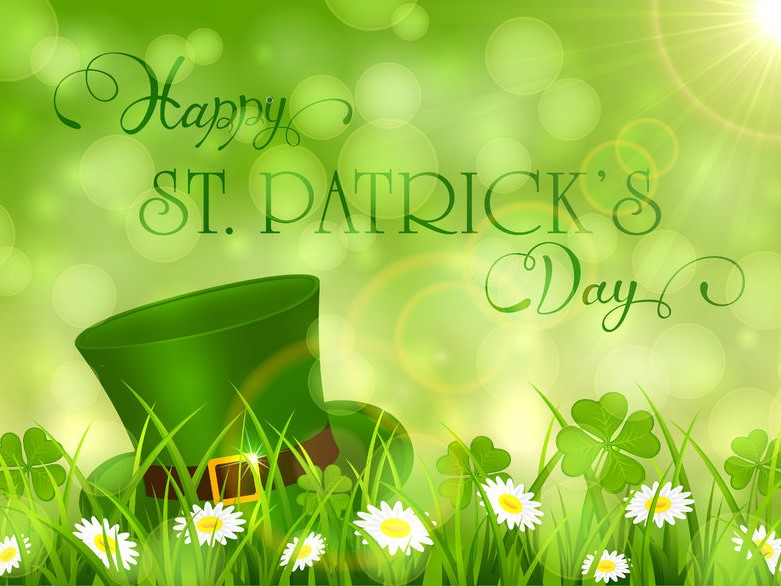
Have you ever done Daily Word-Ladders? They’re created by Tim Rasinski who’s one of my favorite authors and researchers. I think you and your language-kids would like them!
I put one together for you. St. Patrick’s Day is the theme of this Daily Word Ladder. When I was in the schools, all the days ran together and I couldn’t keep track. So just in case you have that problem, the actual holiday is Saturday, March 17.
Here’s the Dropbox linkwhere you can download a pdf copy to use in your therapy. Just copy and paste the following into your URL:
https://www.dropbox.com/s/augtmehefkcl3ar/St%20Patricks%20Day%20Word%20Ladder.pdf?dl=0
Of course, as with many language tasks we do, especially paper-pencil tasks, it’s not so much “getting it all done quickly”, or “getting the answers all right,” but what language information and skills they can learn in the process.
This vocabulary task emphasizes:
- Following directions,
- Listening and thinking about the clues and coming up with answers
- Learning child-friendly word meanings and synonyms, as well as,
- Grammar and syntax (when you and your kids put the individual words in meaningful, practical sentences).
Take it, print it, and use it in applicable and creative ways that only you can do with your kids!
You may want to complete one yourself first to get the gist of the task.
Directions: Each child (or each team) gets a copy. Start at the bottom; read the word “sham.” It’s a funny word all by itself, so you may want to either tell them the word meaning or just use the word in a sentence by way of an example (see below). Let them know that the word “sham” when by itself is different than when combined with the word “rock” into “shamrock.” “Shamrock” is the final task, i.e., the bottom and top words combine into a compound word. You (and your kids) read the clues what to do with the letters; come up with answers.
Consider looking up the words up in a child-friendly dictionary. My favorite is the Collins-COBUILD Primary Learners Dictionary (amazon.com; there’s a new edition coming out in June). It’s terrific—the word meanings are very explicit and easy to understand.
Answers to the Daily Word Ladder
sham – Although clues are not included, a meaning of this word is, “something that’s fake or false, anything that is not what it appears to be.” Sentence example: “The $100 bill was fake, counterfeit; it was a sham.”
ham: A meat we get from pigs:
hat: Clothing that covers your head. You put on your cap or ____.
halt: Another word for STOP. Rhymes with “fault.” (A difficult one.)
hall: A passageway; a corridor. A part of a building you want through to get to the rooms. (Stand up and walk out into the hall, i.e., the passageway, and the corridor.)
ball: A round toy that bounces; a spherical object often used in games (expanded).
balk: Not willing to accept an idea or task; to hesitate. In baseball when a pitcher hesitates when making a pitch. To start, then stop quickly. To flinch. (This one is difficult, too.)
back: Opposite of FRONT.
lack: Not having enough of something. The shortage of something; scarcity; deficiency. (Examples??)
lock: To securely fasten. A device used to hold a door closed; unable to be opened.
rock: A word for a large stone. (Or, back and forth movement.)
Bottom/Top compound word: SHAMROCK
The Shamrock is the national symbol/emblem of Ireland. The word “shamrock” means “little plant.” It is a small yellow-flowered clover (sometimes the flowers are pink).
More St. Patrick’s Day Facts to Share with Your Kids
- It is believed that St. Patrick was a missionary, born in the fourth century. He is credited with bringing Christianity to the Irish people.
- Most people, whether Irish or not, wear green on this day. One of the Irish traditions is to pinch anyone who is not wearing green on St. Patrick’s Day.
- The first St. Patrick’s day parade was held in New York City in 1766.
- Corned beef and cabbage are traditional foods eaten on this holiday. The shamrock, pots of gold, and leprechauns are also associated with St. Patrick’s Day. Three is Ireland’s magic number and the three leaves that make up the shamrock are supposed to bring good luck. They also represent the Holy Trinity in the Christian religion.
Have fun!
Warmly,
Char
Leave a comment (all fields required)
Comments will be approved before showing up.

![#71 Telepractice Tips 'n Info (Part 4) [Is my child working or just playing games?]](http://speechdynamics.com/cdn/shop/articles/Game_Pieces_and_Hand_7_x_3_2048x.jpg?v=1605804364)